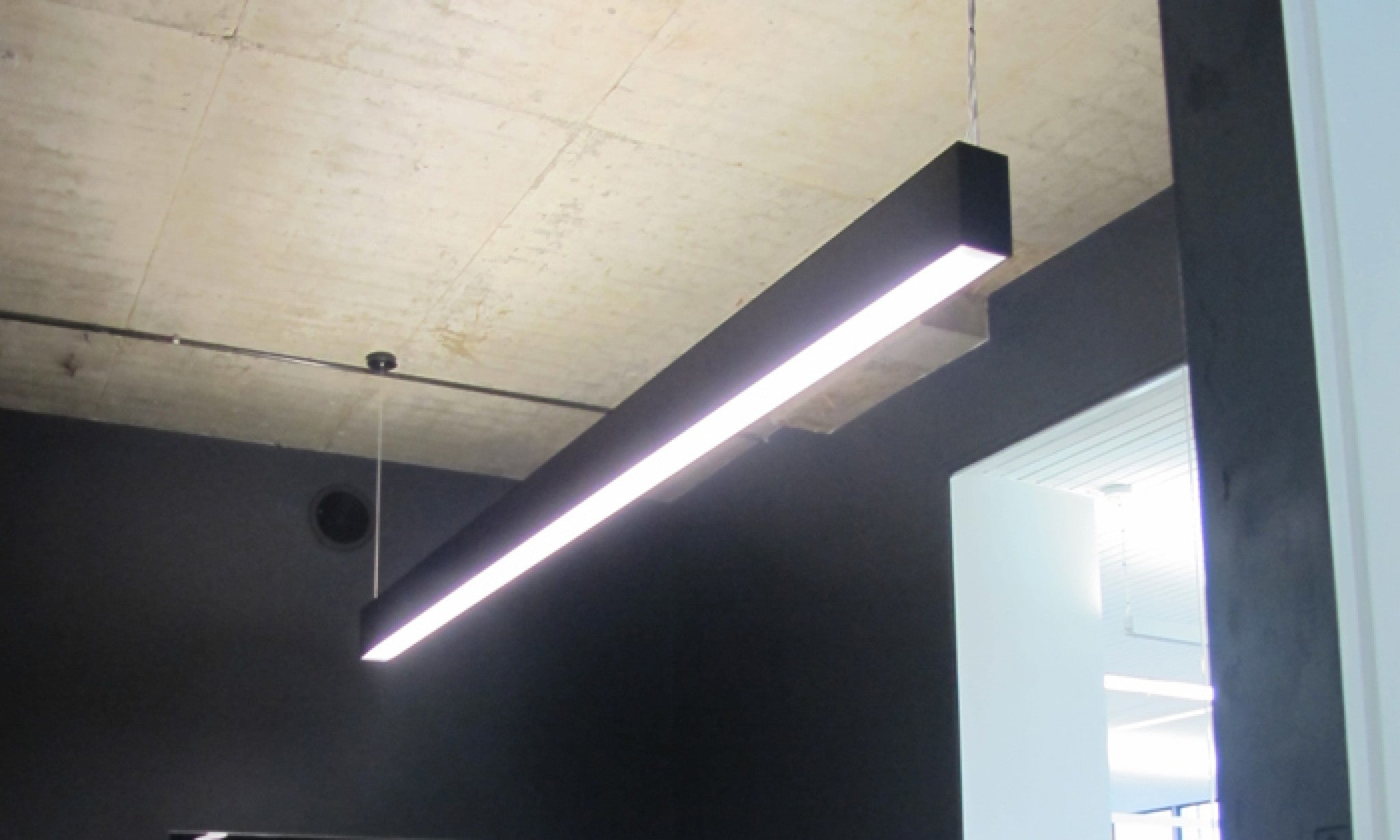In the world of lighting technology, Linear LED Light Fixtures have emerged as a revolutionary solution that combines energy efficiency, flexibility, and modern design. As the demand for sustainable lighting options grows, these fixtures have gained prominence for their ability to provide superior lighting quality while significantly reducing energy consumption and maintenance costs. This article explores the features, benefits, applications, and future prospects of Linear LED Light Fixtures.
Features and Design
Linear LED Light Fixtures are characterized by their sleek and elongated design. They consist of an array of light-emitting diodes (LEDs) arranged in a linear pattern within a housing. This design allows for even distribution of light, eliminating shadows and ensuring consistent illumination across the space. The fixtures come in various lengths, making them adaptable to a wide range of settings, from residential and commercial spaces to industrial environments.
One notable feature is the customizable color temperature of the light emitted. Users can choose between warm white, cool white, and daylight options, allowing them to create the desired ambience and mood within a space. Additionally, advancements in LED technology have enabled the production of fixtures with dimming capabilities, providing further control over the intensity of light.
Benefits
-
Energy Efficiency: Linear LED Light Fixtures are highly energy-efficient, consuming significantly less electricity compared to traditional fluorescent or incandescent lighting. This efficiency not only reduces electricity bills but also contributes to overall environmental conservation.
-
Longevity: LED technology boasts an impressive lifespan, often exceeding 50,000 hours of operation. This longevity translates to reduced maintenance costs and the need for fewer replacements, particularly in commercial and industrial settings where continuous operation is essential.
-
Durability: LED fixtures are solid-state lighting solutions, making them highly durable and resistant to shocks, vibrations, and extreme temperature variations. This characteristic is especially valuable in industrial environments.
-
Instant Lighting: Unlike some traditional lighting technologies, LEDs light up instantly without warm-up periods, flickering, or buzzing.
-
Directional Lighting: Linear LED fixtures emit light directionally, minimizing light wastage and enabling precise illumination exactly where it is needed.
-
Environmental Impact: The energy efficiency of LED technology leads to reduced greenhouse gas emissions, making Linear LED Light Fixtures a more sustainable lighting choice.
Applications
-
Commercial Spaces: Linear LED fixtures are widely used in offices, retail stores, and hotels to provide efficient and comfortable lighting that enhances the visual appeal of the space.
-
Architectural Lighting: These fixtures are employed to accentuate architectural features such as ceilings, walls, and pathways, adding aesthetic value to buildings.
-
Industrial Facilities: The durability and reliability of Linear LED Light Fixtures make them suitable for industrial environments like warehouses, factories, and manufacturing plants.
-
Residential Lighting: From kitchens to living rooms, Linear LED fixtures offer homeowners energy-efficient lighting solutions that can be tailored to different activities and moods.
Future Prospects
The future of Linear LED Light Fixtures looks promising as ongoing research and development focus on improving efficiency, light quality, and design flexibility. The integration of smart technology, such as wireless controls and sensors, will further enhance the adaptability and energy optimization of these fixtures. As the demand for sustainable lighting continues to rise, Linear LED Light Fixtures are poised to play a pivotal role in shaping the future of interior and exterior illumination.
Conclusion
Linear LED Light Fixtures see products have transcended the boundaries of traditional lighting solutions by offering energy efficiency, durability, and adaptability in a single package. With their diverse applications and ongoing technological advancements, these fixtures have illuminated not only physical spaces but also the path toward a more sustainable and visually appealing future.

